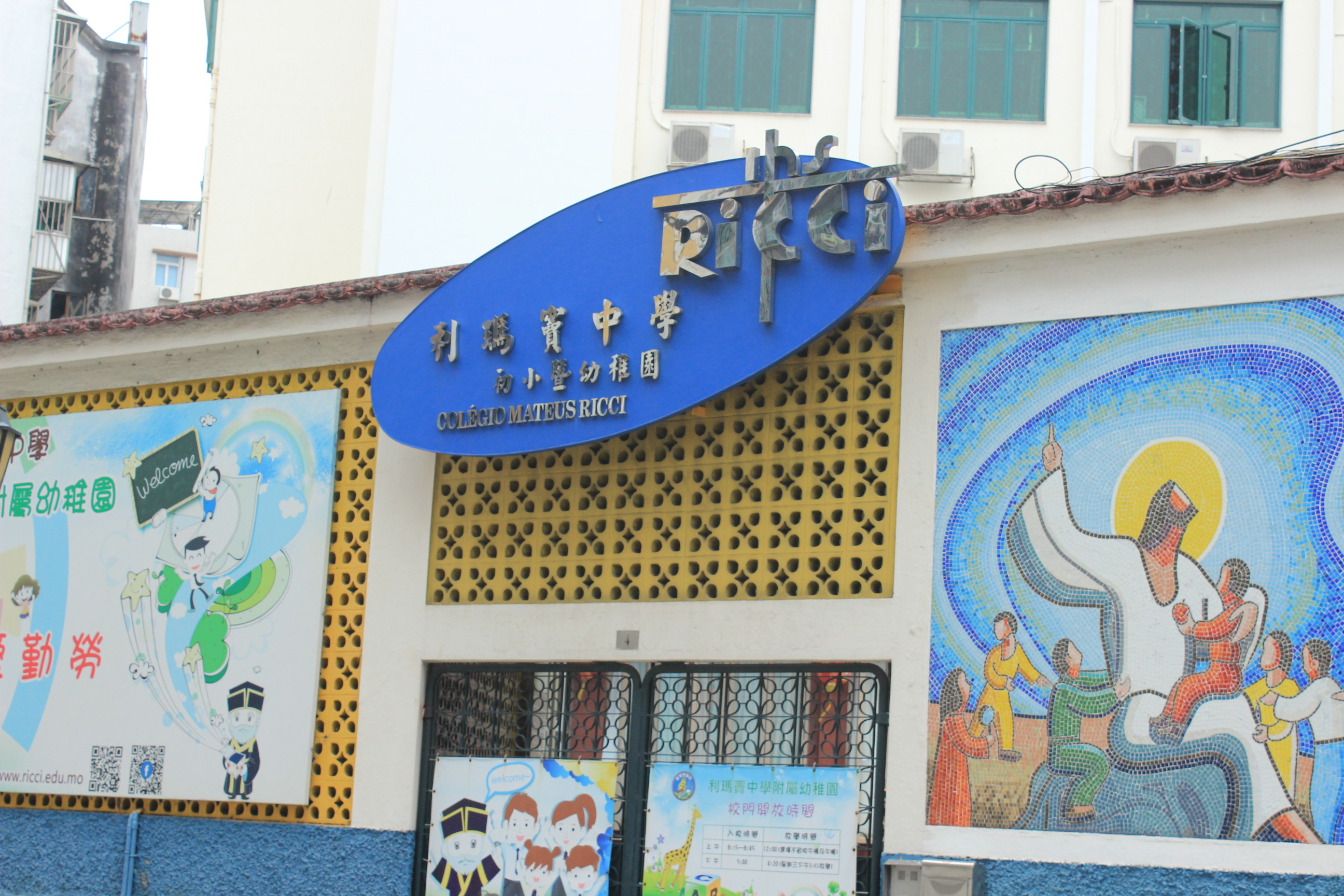The earliest missionary schools in China date back to the late Ming Dynasty, when the Jesuits set up educational institutions in Macau. Saint Paul's School was an outstanding example of one of these and claims the tittle of being the first Western university in the Far East.
The Catholic Church, in order to counter the Protestant Reformation which was initiated by Martin Luther and John Calvin, also continued to reform itself. Ignatius Loyola from Spain founded the Jesuits as a counter to the Protestant Reformation. Highly disciplined and keen on evangelism, the Jesuits attached great importance on education and fostering talent. After landing in Macau, they not only built churches, but also built schools of which St. Paul's Public School was started in 1565.
In 1590 Alessandro Valignano, Jesuit inspector of the East and Archdeacon, suggested that missionaries to the Far East should learn the local languages and cultures so as to better communicate with the locals. Thus, the Jesuits started to build universities. In December of that year, Franosols Perez, Emmanuel Teixeira and F. Andre Pinto founded St. Paul's College (also known as College of Madre de Deus) as a successor to St. Paul's public primary school.
It is recorded that the main part of St. Paul's College was built in 1594. The early buildings were simple and crude houses made of bamboo, wood and thatch. Two fires took place in 1595 and 1601 ruined those early buildings. In 1602, the third construction of St. Paul's College began. The cornerstone still remains at the Ruins of St. Paul in Macau. Construction took a very long time and was finished between 1637 and 1640. Buildings consisted of a library with 4000 books, a printing house, a pharmacy and an astronomical observatory in the college.
Eduardo de Sande was the first dean of St. Paul's College. Its faculty also included famous missionaries in the Christian history of China such as Jules Aleni, Jean Monteiro and Alfonse Vagoni. Students of St. Paul's College were mainly trained to become missionaries to China. 200 Jesuits graduated from St. Paul's College and went to mainland China to spread the Gospel. Among the graduates were big names such as Matteo Ricci (during the Public School period), Adam Schall, Ferdinand Verbiest, Martino Martini, and Giuseppe Castiglione. They received a good academic basis in theology, and understood Chinese culture very well. They represented the high level of education taught at the College. There were many students from China, Japan, and Vietnam. Among them were historical figures such as Xu Guangqi and Wu Li, who played a large part in the Christian history of China.
In July 1762, the royal family of Portugal expelled the Jesuits. St. Paul's College of the Far East was also effected and was forced to closed. All of its property was given to the City government. Its 200 years of glorious history thus came to the end. In January 26, 1835, a large fire damaged St. Paul's College and the church. Only the façade of the church and part of the school remain.
- Translated by Lin Changfeng












